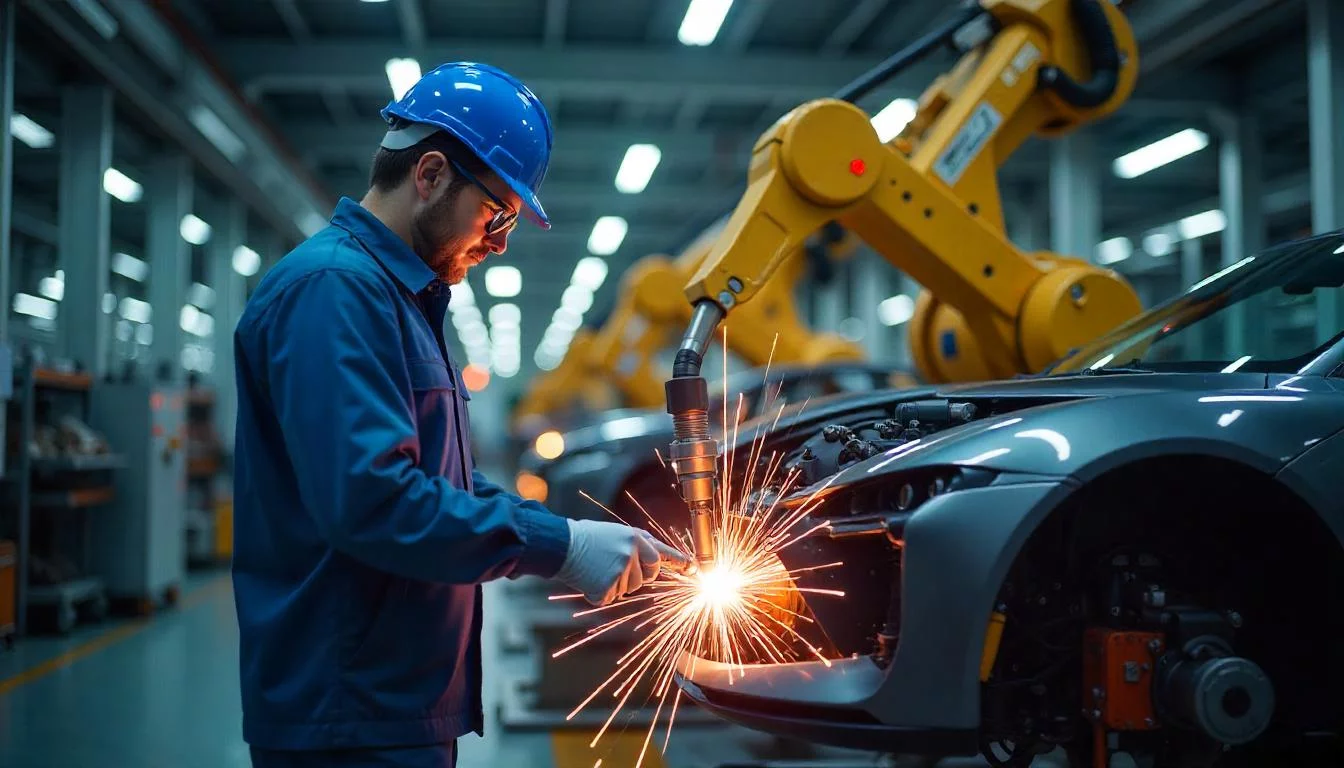According to Statista total retail sales worldwide went from $ 20.8 trillion in 2015 to $ 24.8 trillion as of 2018. Also, in 2020 the total retail sales are projected to amount to 27.73 trillion U.S. dollars. These figures show that e-commerce is here to stay. Be it in a metropolitan city or an obscure village, you can shop online there and if you can’t then in the future you surely will.
E-commerce is transforming the way we shop- who doesn’t like to shop right from the comfort of home and get the item delivered right at the doorstep.
Stats confirm that more than 62% of customers in the US now shop online once every month. The data also showed that 8 out of 10 customers are satisfied with their online shopping experience.
E-commerce is blooming- it is expected to reach 11.9% in 2018- which is a significant increase from 3.5% that was a decade ago. This means – fast growth plus comparatively low market share is equal to huge opportunities for new retailers to outdo traditional players.
“Anyone who believes that e-commerce’s 5 percent slice of the retail pie is insignificant, you should know that about 43 percent of all purchases are influenced by an ‘online research moment’,” – Peter Leech.
Native Selling via Social Media shows promise
Instagram has more than 400 million daily users worldwide- 50% of digital adults, says a flurry report- spend time on social media. Turns out, a good chunk of them are buying on these sites too.
In fact, 18.2% respondents in this study have purchased products directly via social media sites and considering the research was done in 2016, even more, are buying now and will in the future because of the growing preeminence of social media in today’s every-day life and how the early adopters vetted and validated the experience.
“93% Pinterest users plan purchases via the platform. In Q4, 2015, it was reported that Pinterest has 60 million buyable pins. Pinterest also reports an average of 90% first time buyers, making it an attractive channel for customer acquisition” writes a Hubspot post.
Customers will expect Ultra-Fast Delivery
Today expecting the delivery in a week or 2-4 days in case of expedite shipping is common. However, if you look into the behavior of the modern customer, you’ll know that this norm is gradually changing. In fact, a surprising 25% of consumers said that they would abandon their order if the one-day delivery was not available.
A two-hour delivery can be possible in the future now- as Amazon has taken the first step in making small parcel delivery via drones a reality. These drones are powered by Artificial Intelligence to make these deliveries possible.
Amazon Prime Air is described as “a future delivery system for safely transporting and delivering up to 5-pound packages in less than 30 minutes.”
Frictionless check-out experience with mobile-first payments or digital fingerprint
The current e-commerce mode is full of friction and puts a substantial amount of pressure on the customer. Mobile-first payments make it convenient for users to experience a smooth shopping experience.
Meanwhile, in future, the customer’s individual fingerprint will allow the e-commerce website to know who it is and how the person likes the charges to be applied.
The biggest benefit of this system for a consumer is zero friction- making their shopping experience customer-friendly and more transparent.
“Accelerated checkouts really take advantage of the new technologies we have to purchase. It doesn’t make sense to have to re-enter the same information over and over again across all of the Internet.” – Alan Cassinelli — Director of Marketing at Peel.
Self-stocking kitchen powered by Internet of Things
While Amazon introduced the “Dash Button” not so long ago, very soon your pantry itself will order your products for you.
A start-up named WePlenish is launching a line of smart containers which are IoT powered. They intent to revolutionize the modern kitchen. This way you no longer have to worry about your coffee running out in the morning. All your essential things will be automatically replenished without you having to do anything.
Automated fraud detection and prevention
Real time decision making will be based on rich data and machine learning rather than a manual examination of transactions. Due to this, there will be less friction to the customer, however, most importantly, it will lead to less expenditure as well as loss for merchants.
Multi-channel e-commerce allows buying anywhere
Touchpoint – it perfectly describes a person’s complex journey to buying a product. It may start when you are looking at Instagram pictures or when you see your friend’s brand-new sandals. It might end after a search in a shop or after clicking the buy button via a social network site.
Statistics show that 85% of people shop around at least two channels or as you say – touchpoints. Well, the good news is that customers shopping around multiple channels do spend more, as Javelin Strategy research proves that in-app purchases “are set to jump to $319 billion by 2020” from $161 billion in 2016.
Shopify explains in its blog – “Multi-channel management is the art and science behind decoding the subtle nuances of who, what, where, when and why people are buying from you on each individual channel you sell your products on.
“It’s about creating balance, and understanding when and where to amplify and show restraint throughout your channel mix, so you won’t overwhelm your following or burn your marketing dollars trying to convert people when they’re not interested.
“It’s about finding opportunities in your data, and implementing creative or budget changes to capitalize when the opportunity arises.”
Sounds easy, but managing multiple channels is no piece of cake, that is- unless it is all consolidated in one system. Peerless Research Group shows that 29% of retailers’ lack “the inventory visibility across stores, warehouses and vendors in order to accurately promise orders (optimally offer multi-channel fulfillment)”
Thus, an infrastructure that can handle and maintain multi-channel retailing without too much manual interference is needed.
Personalized marketing
Retailers are doing everything in their capacity to offer a seamless customer shopping experience, which also includes personalization.
“Personalization at scale is the holy grail….by adding elements of personality insights or sentiment, touchpoints like email and web personalization can become contextually aware and can build on previous customer interactions” – Corinne Sklar, CMO at IBM consultancy Bluewolf.
A great example of personalized marketing is the e-commerce giant North face, who have adopted the IBM Watson cognitive technology on its platform search engine. It helps customers determine what kind of jacket is the best for them- basing the answer on gender, preference, climate, location and activity etc.
For e.g. – Hiking in the Himalayas in December will yield different results than for traveling in Ireland in February.
Personalized Payments
Like personalized marketing, personalization will also become a part and parcel of customer experience for payments on websites or other platforms. Like for instance, students specifically be given the option of “buy now pay later” or coupons/ promos can automatically be applied as per the emergence of the product required to the customer.
Customer Service Chatbots or Sales bots
Customer service is the key driver in the failure or success of online retail stores. The manner in which the customer service is delivered will also continue to change in the future. Currently, the customer has to call the customer service or wait for an email back to find a solution.
Statistics, however, report that an average customer today likes to solve their problem without interacting with a customer service professional. 67% of users prefer self-service. Chatbots can be the key to achieving that.
Chatbots can be trained in simulating human conversations with the help of AI subset machine learning. They enable customers to easily browse and assist in making the final purchasing decision. They automate problem solving, answer shipping questions and mediate product replacements.
Conclusion
In short, online retail business is changing- offering a load of opportunities to e-commerce players to adapt and transform business. Success can be achieved from small and big steps alike. You don’t have to create millions of drones to create an actual change. Micro-decisions that make a difference in your platform first can be your priority and they too can make a real difference.
Let’s Build Digital Excellence Together










